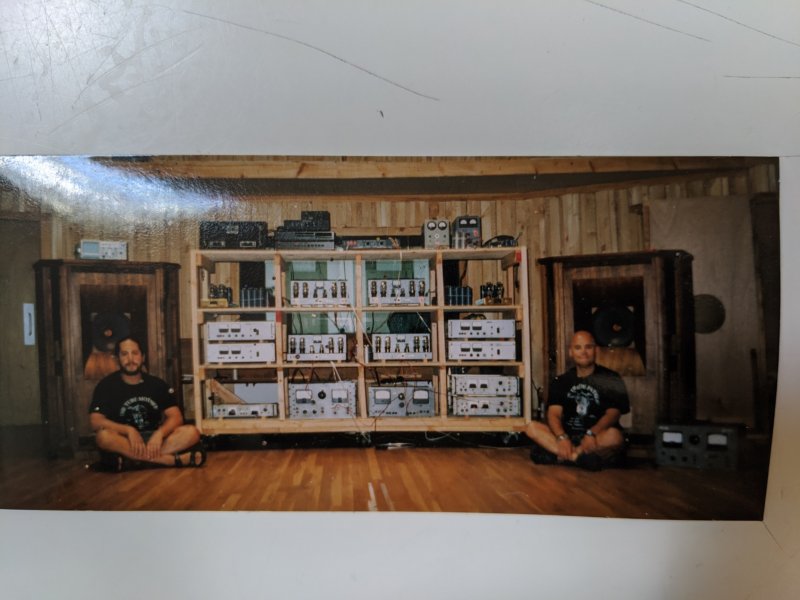I used to own a pair of westminsters royal se. Could do scale and snare drum like few other speakers i've
heard, but ultimately they sounded embarrassingly muffled and closed-in in comparison to my both my
mg 10" and 15". Didn't go particularly deep either. Managed to find a new home for them.
I think the main trouble is the quality of the drivers (and possibly the crossovers) -- not the cabinets.
I've heard the same muffled sound from the other tannoy prestige models.
What did you drive them with?
















